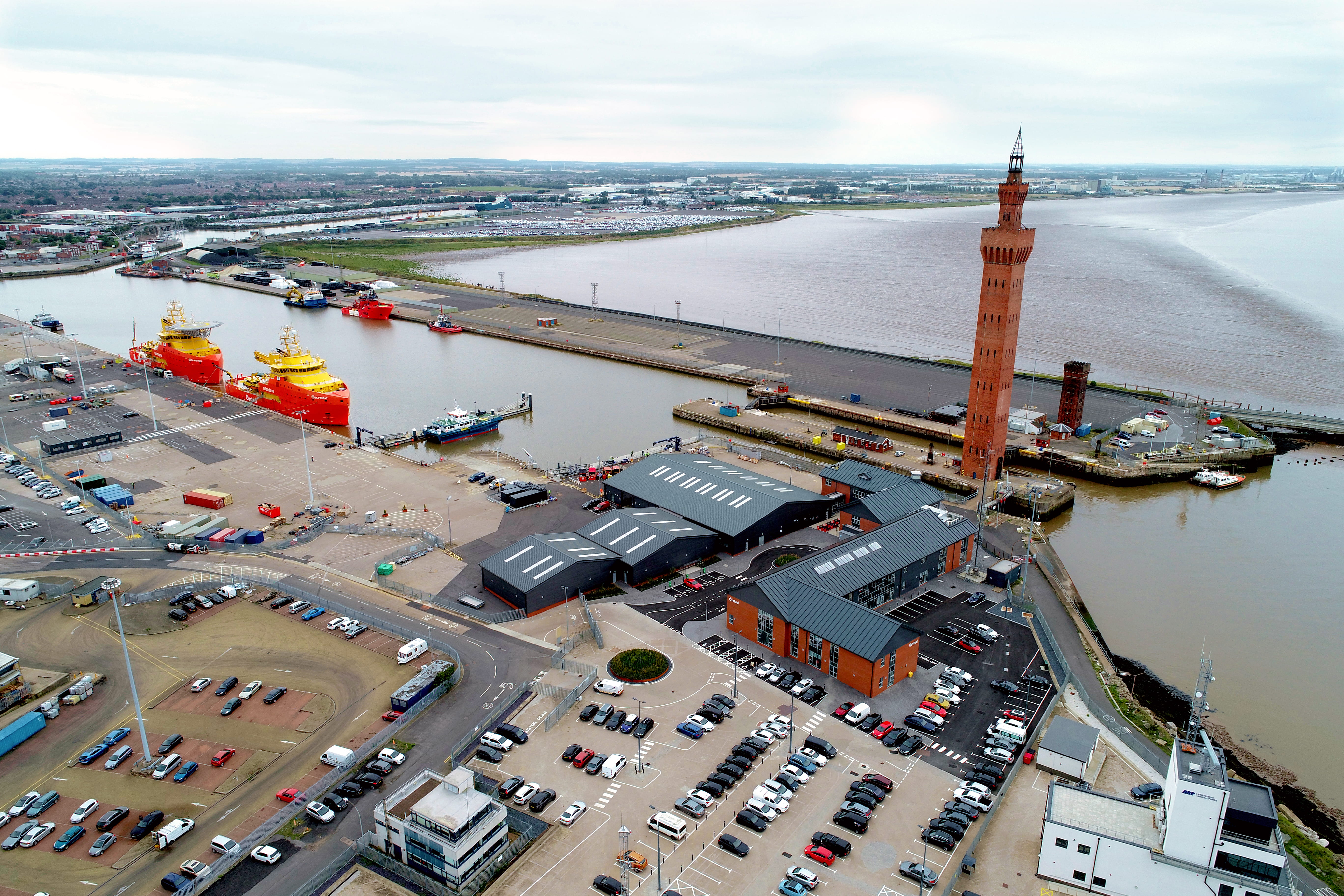The UK has established itself as a global leader in the transition to green energy. Ørsted is proud of the role we have played here. Our major offshore wind projects are powering millions of homes and delivering real economic benefits. Renewables hold the key to future energy security and will be the foundation for decarbonising industry – the next step on the journey to net zero. Explore more about how our renewable energy solutions are transforming the UK.
Offshore wind projects are transforming coastal communities and regenerating local economies. Explore case studies, data, and research from an independent report to learn more about the real impact our projects are having.



